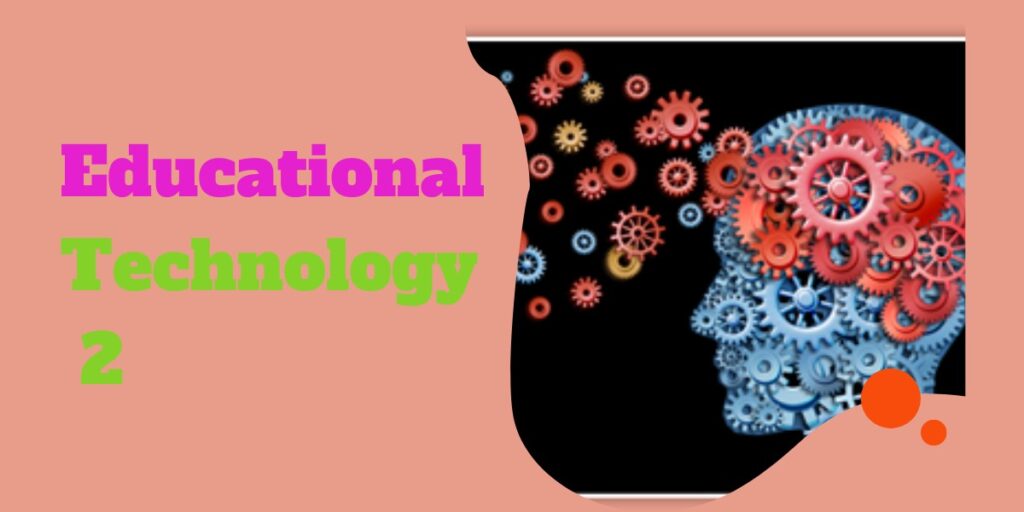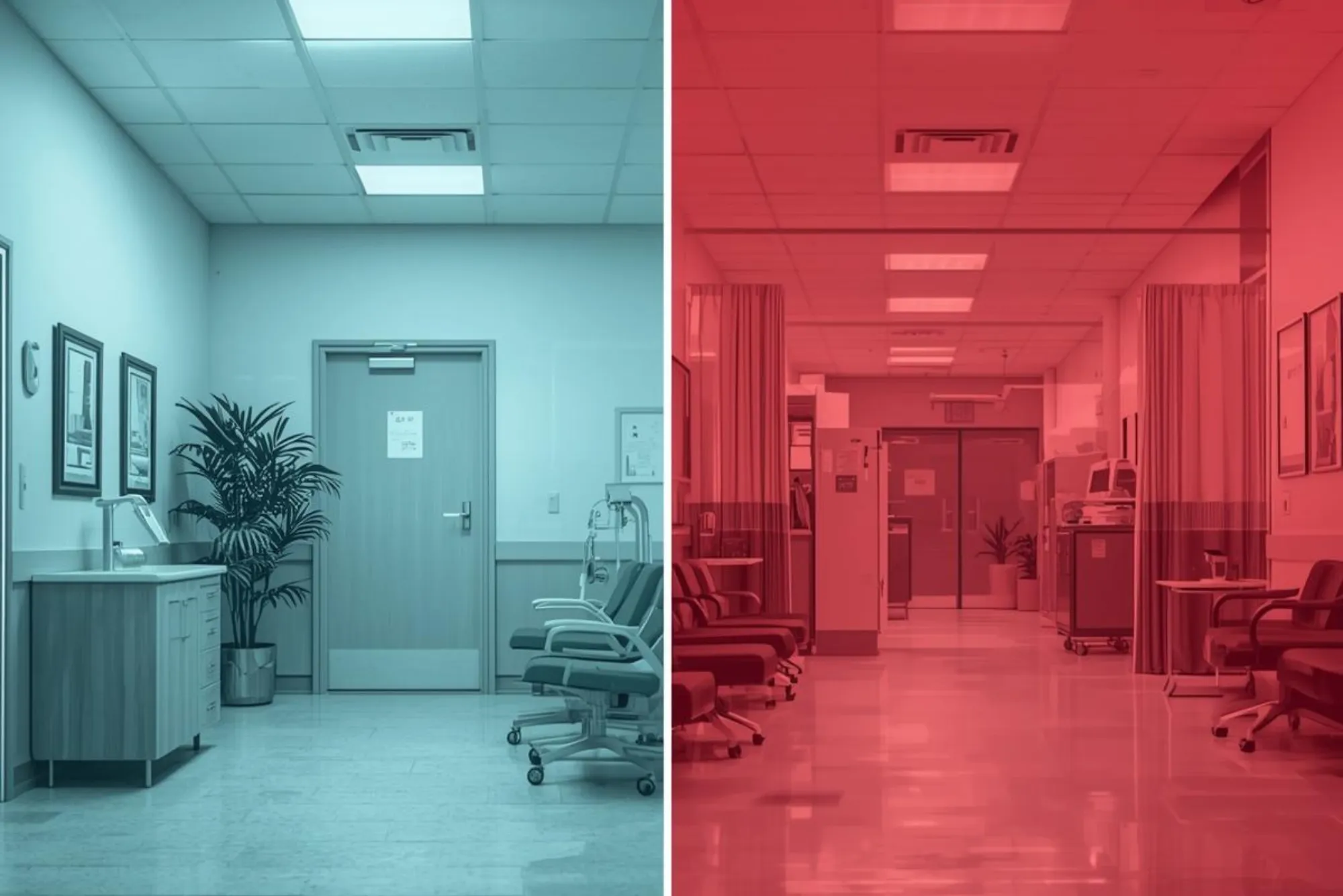Educational Technology 2
Education has come a long way from the traditional chalk-and-board method of teaching. With advancements in technology, we are witnessing a paradigm shift in how education is delivered. The introduction of Educational Technology (EdTech) has revolutionized the teaching and learning process. This article will discuss Educational Technology 2 (EdTech 2), its features, benefits, and limitations.
What is Educational Technology 2 (EdTech 2)?
EdTech 2 is a term coined by James P. Gee, an expert in education and game design. EdTech 2 goes beyond the traditional use of technology in education, which includes using computers, projectors, and other electronic devices in classrooms. EdTech 2 emphasizes using games, simulations, and other interactive technologies to promote active learning and engagement.

Features of EdTech 2
- Personalized Learning: EdTech 2 allows for personalized learning experiences by tailoring educational content to students’ individual needs. Using analytics, educators can track a student’s progress and provide customized learning experiences that meet their specific needs.
- Active Learning: EdTech 2 promotes active learning by engaging students in hands-on activities, games, and simulations. This learning method encourages students to take ownership of their education and enhances their critical thinking skills.
- Collaborative Learning: EdTech 2 provides opportunities for collaborative learning. Students can work together on projects and assignments using online tools, allowing greater collaboration and communication.
Benefits of EdTech 2
- Increased Engagement: EdTech 2 enhances student engagement by providing interactive and immersive learning experiences. This learning method is more engaging than traditional lectures, which can often be monotonous.
- Improved Learning Outcomes: Educational Technology 2 EdTech 2 has been shown to improve learning outcomes by providing personalized learning experiences and promoting active learning. Students are more likely to retain information learned through interactive and immersive experiences.
- Flexibility: EdTech 2 provides flexibility in the learning process. With online learning platforms and tools, students can learn at their own pace and schedule.
Limitations of EdTech 2
- Cost: The implementation of EdTech 2 can be costly, as it requires the purchase of hardware, software, and other technology tools.
- Accessibility: EdTech 2 can be challenging for students who do not have access to technology or the internet, limiting its reach and impact.
- Over-Reliance: There is a risk of over-reliance on technology in education, which can lead to a lack of critical thinking skills and creativity.
EdTech 2 is an innovative and effective approach to education that enhances learning outcomes and promotes active, personalized, and collaborative learning. However, it is important to consider the limitations and challenges associated with its implementation to ensure that it is accessible and does not overshadow the importance of critical thinking and creativity in education. With the right balance of technology and traditional teaching methods, EdTech 2 can pave the way for a new era of education.








